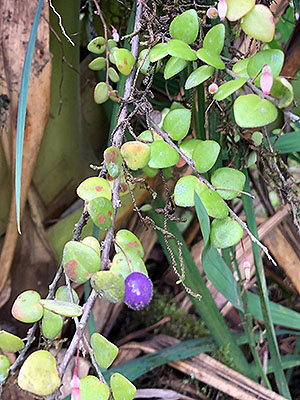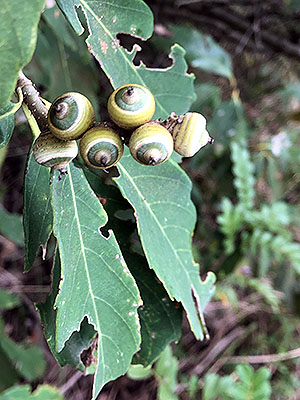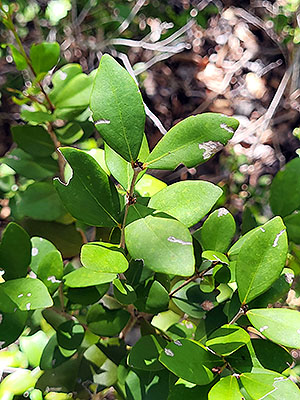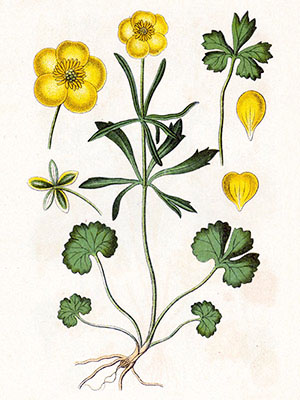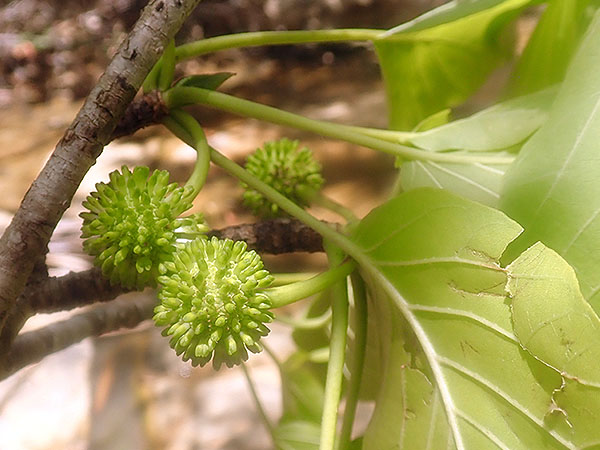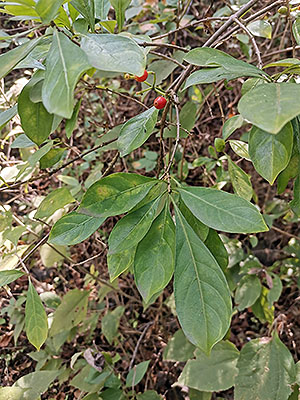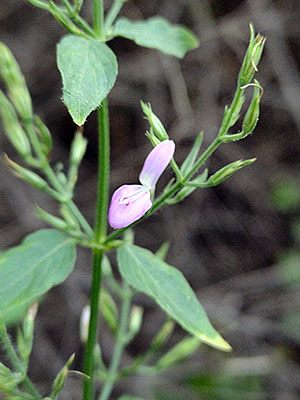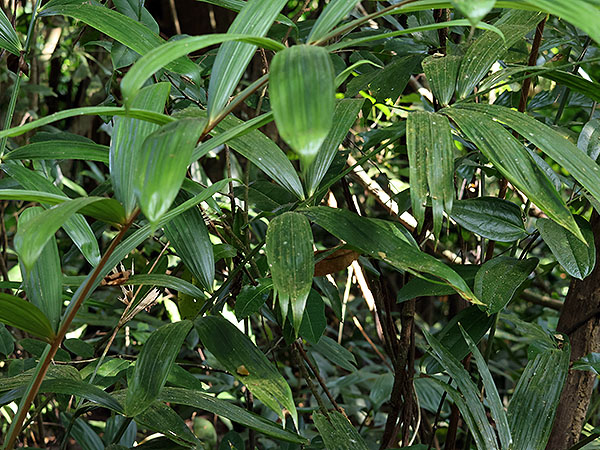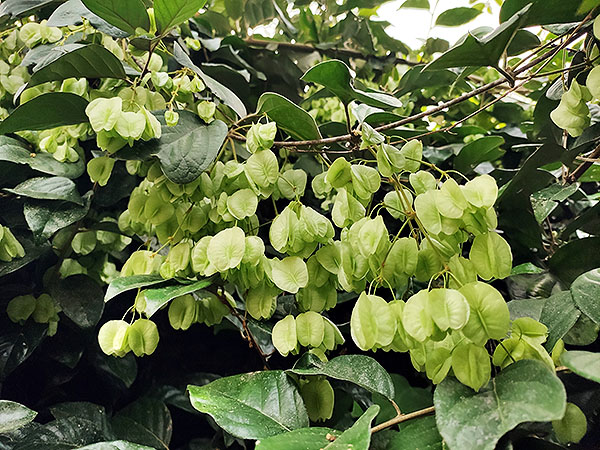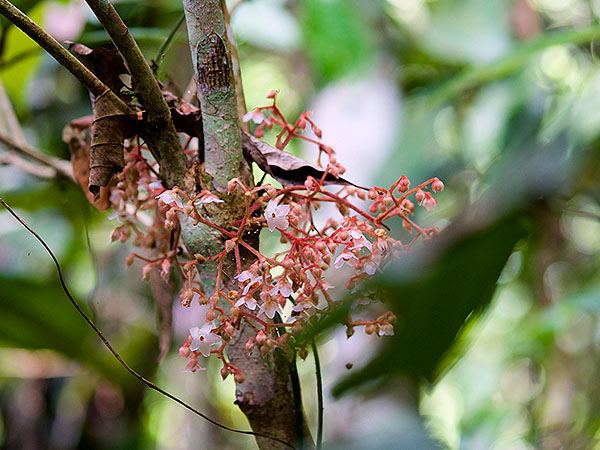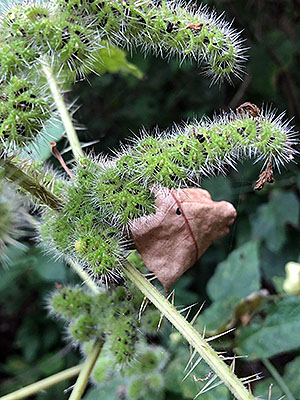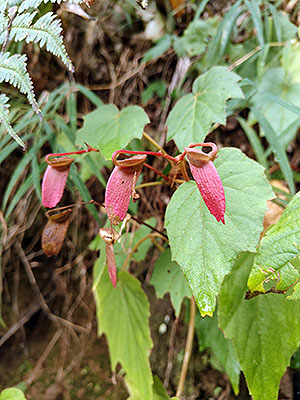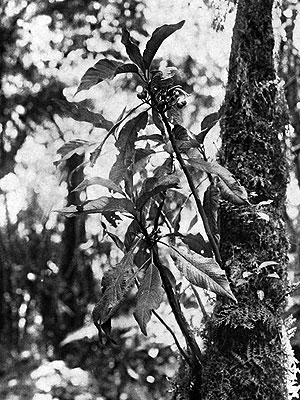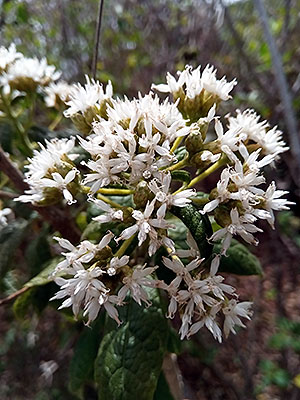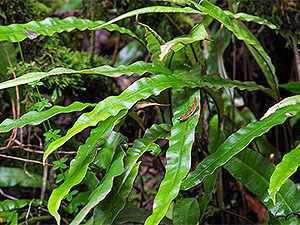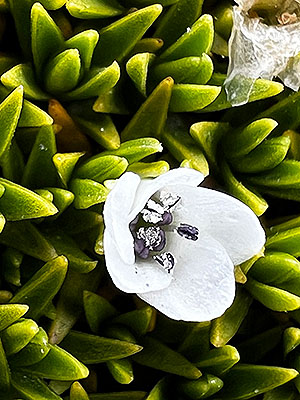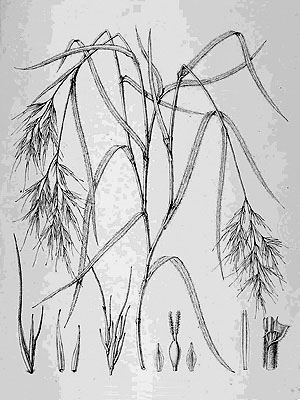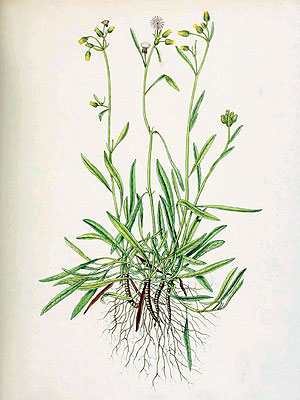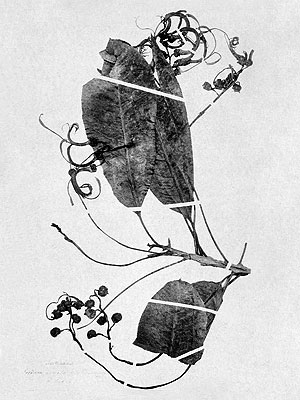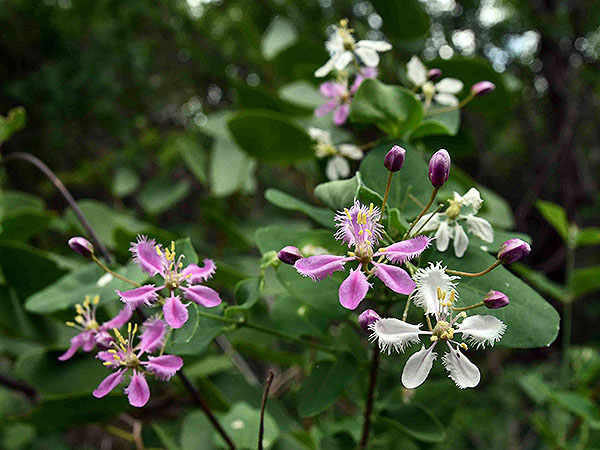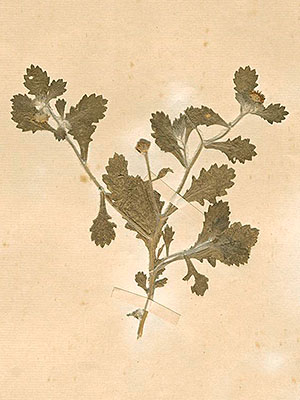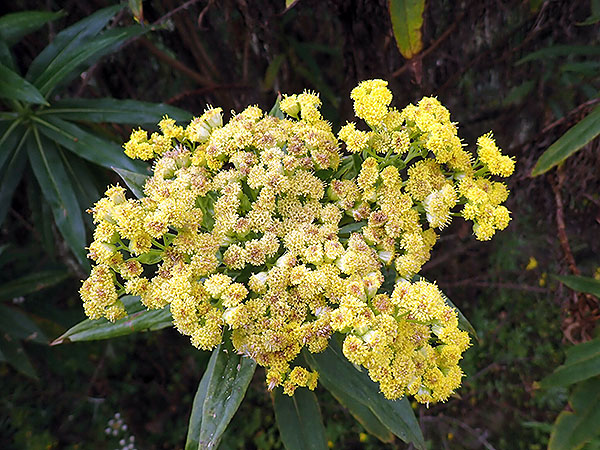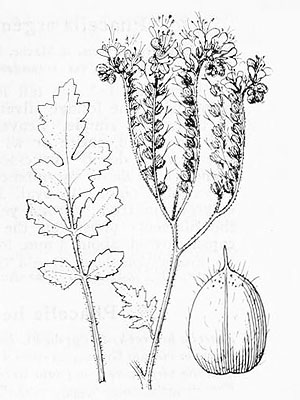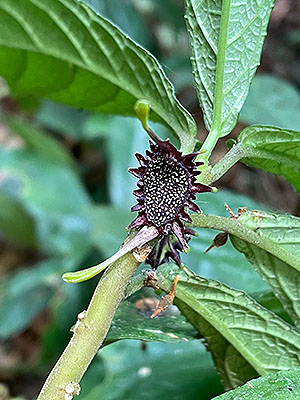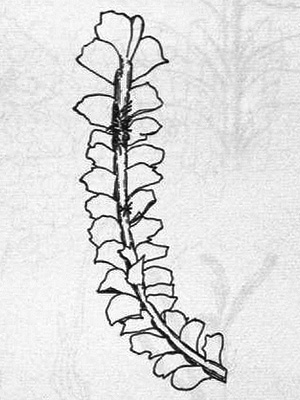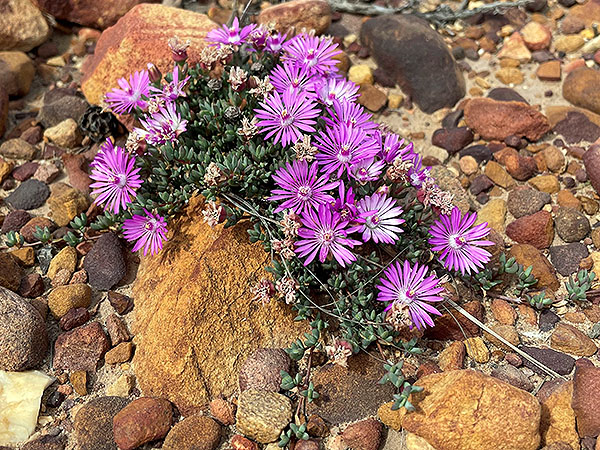Becker’s Peperomia (Peperomia beckeri)
Becker’s Peperomia was described in 1998 “from an old but well preserved herbarium specimen” that had been collected in 1965; it was endemic to the Ilha da Trindade some 1500 km offshore the eastern coast of Brazil, an island that suffered extremely from the introduction of feral mammals, especially goats that had been introduced already in 1700. These goats ate away nearly the whole vegetation of the island, leading to the complete loss of the former forest.:
“Before 1821, however, something or some event had killed them – killed them all – leaving a weird landscape of standing corpses. It was, in the words of one who saw it, “a forest of desolation, as if nature had at some particular moment ceased to vegetate.”” [1]
When the goats were finally removed from the island in 2005, the flora recovered very quickly, especially the fern species, which apparently survived in the form of spores in the ground. Becker’s Peperomia, however, was never found again, despite field searches. [3]
***
The species was believed to have been rediscovered in 2009, however, these plants later turned out to have been another, misidentified species. [2][3]
*********************
References:
[1] Richard H. Eyde; Storrs L. Olson: The dead trees of Ilha da Trindade. Bartonia 49: 32-51. 1983
[2] R. J. V. Alves; N. G. da Silva; A. Aguirre-Muñoz: Return of endemic plant populations on Trindade Island, Brazil, with comments on the fauna. In: C. R. Veitch; M. N. Clout; D. R. Towns (eds.): Island Invasives: Eradication and Management. pages 259-263. 2011
[3] Nílber Gonçalves da Silva; Ruy José Válka Alves; Lana da Silva Sylvestre; Ruy Barreto dos Santos: Two rediscoveries and one extinction for the flora of Trindade Island, Brazil. Journal of the Torrey Botanical Survey 140(2): 230-235. 2013
*********************
edited: 03.05.2022
